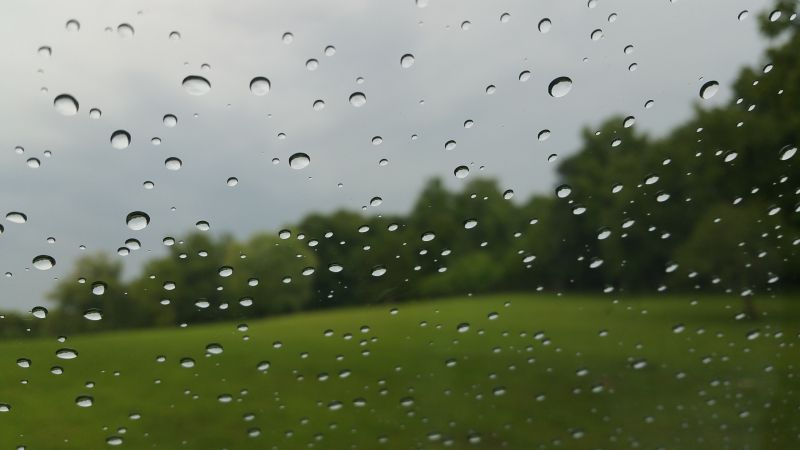Changes in Non-extreme Precipitation May Have Not-so-subtle Consequences
Published on by Water Network Research, Official research team of The Water Network in Academic
Extreme floods and droughts receive a lot of attention. But what happens when precipitation -- or lack thereof -- occurs in a more measured way?
Researchers have analyzed more than five decades of data from across North America to find that changes in non-extreme precipitation are more significant than previously realized. And the changes are greater than those that have occurred with extreme precipitation.

Image source: PxHere
Non-extreme precipitation can have a strong effect on ecosystems, agriculture, infrastructure design and resource management, the scientists say, pointing to a need to examine precipitation in a more nuanced, multifaceted way.
"This study shows that everyday precipitation events -- not just the extremes that have been the focus of most studies -- are changing," said University of Illinois scientist Praveen Kumar, principal investigator of the National Science Foundation's (NSF) Intensively Managed Landscapes Critical Zone Observatory (CZO), one of nine such NSF CZOs.
"It's not just the amount of rainfall that's important," said Kumar, "it's the duration of that rainfall and the amount of time between rainfall and dry periods."
The study, published today in Nature Scientific Reports, is the most comprehensive of its type, said co-author Susana Roque-Malo, also of the University of Illinois.
"We used data from more than 3,000 weather stations," said Roque-Malo. "There are a few other studies that use a similar methodology, but they have focused on smaller sections of the continent or parts of Europe."
The researchers identified several regions where the microclimate -- local climate determined by elevation and ecosystem -- appears to have a significant effect on precipitation trends.
"This study confirms that there is more to climate than the number and size of extreme events," said Richard Yuretich, CZO program director at NSF, which funded the research through its Division of Earth Sciences. "Shifts in the daily patterns of rainfall, sometimes subtle, also occur. These can be very hard to document, but the existence of long-term monitoring sites provides the information needed to recognize trends and plan for the future."
"Successive generations of ecosystems evolve through adaptation to these kinds of changes," said Kumar. "If the rate of change, however small, exceeds the adaptive capacity, these environments will be susceptible to collapse."
Added Roque-Malo, "Hydroelectric plants, storm water drainage systems -- any structure that relies on an assumption of expected precipitation -- could be vulnerable as we look toward becoming more climate-resilient."
Although current models may not be able to resolve the small but steady changes observed in this study, the researchers hope their work will inform and provide validation criteria for future models and assessments.
Read full article: NSF
Media
Taxonomy
- Resource Management
- Water Resource Management
- Water Resource Mapping
- Hydrology
- Hydrometeorology
- Hydrological Modelling
- Hydrology Cycle
- Rain Water Management